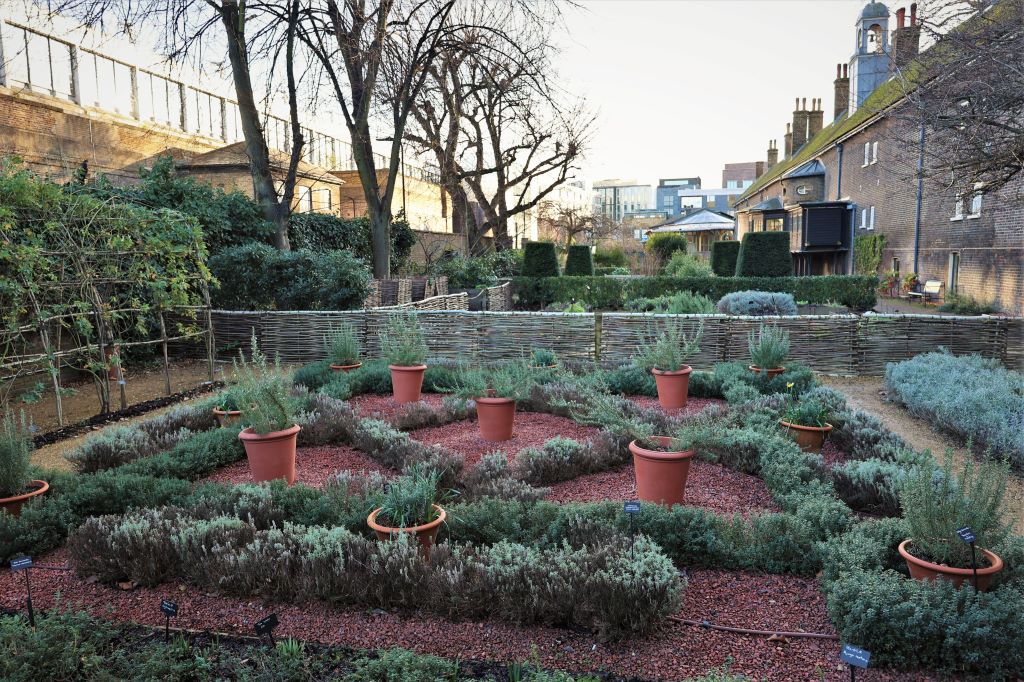
Free digital guide
Explore Museum of the Home with our digital guide on Bloomberg Connects, the free arts and culture app.
Date
10am-4.30pm, Tuesday to Sunday and Bank Holiday Mondays
Price
Free


Explore Museum of the Home with our digital guide on Bloomberg Connects, the free arts and culture app.